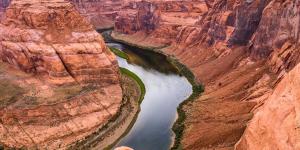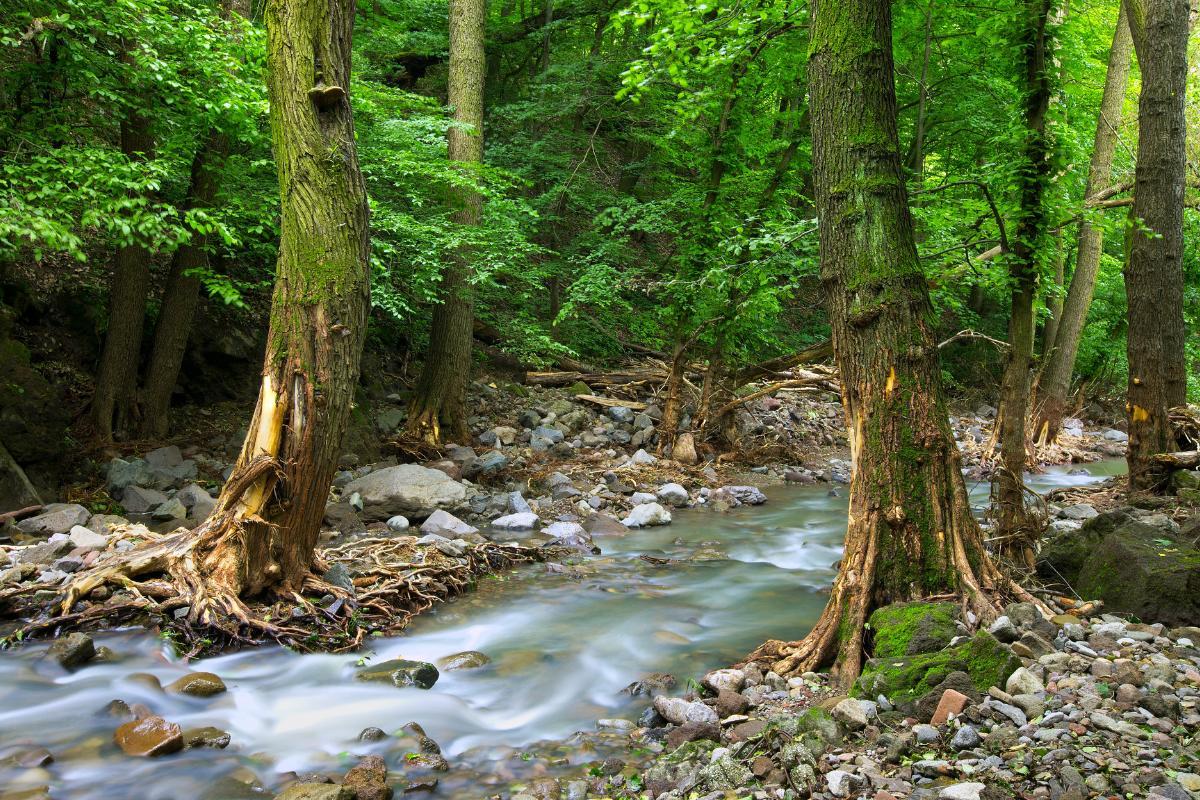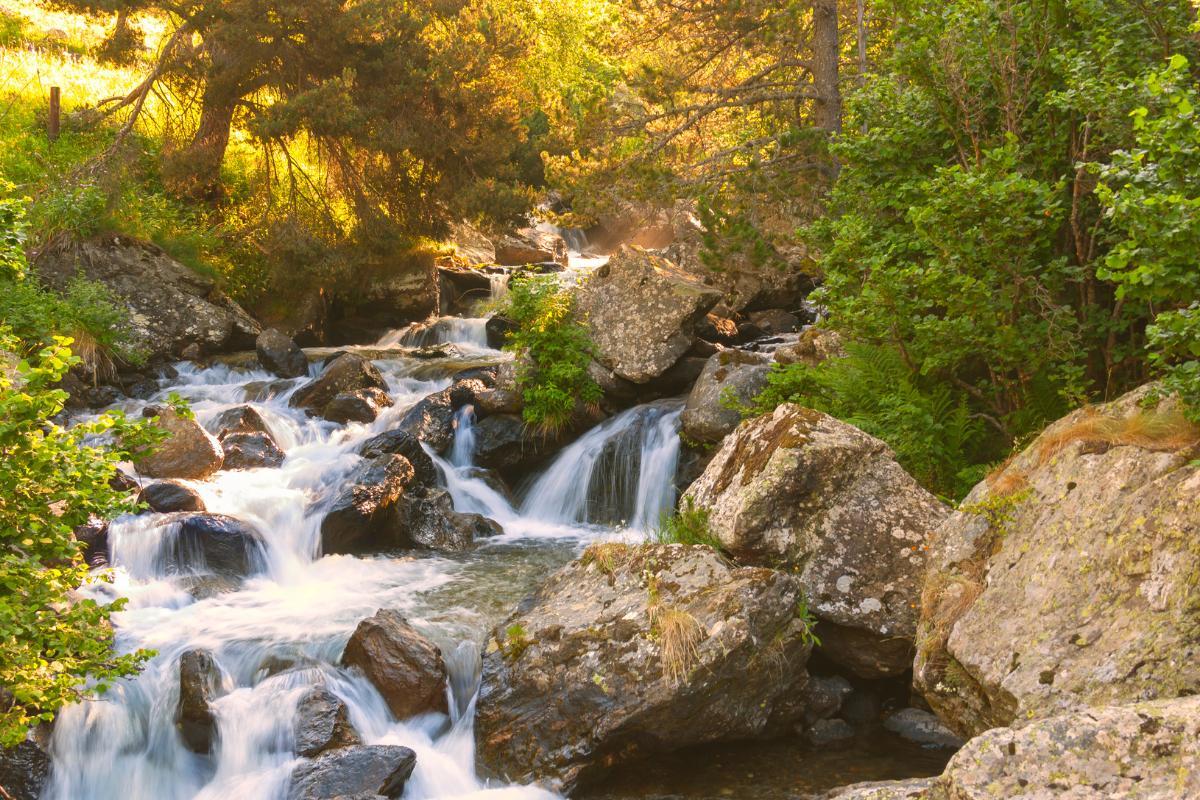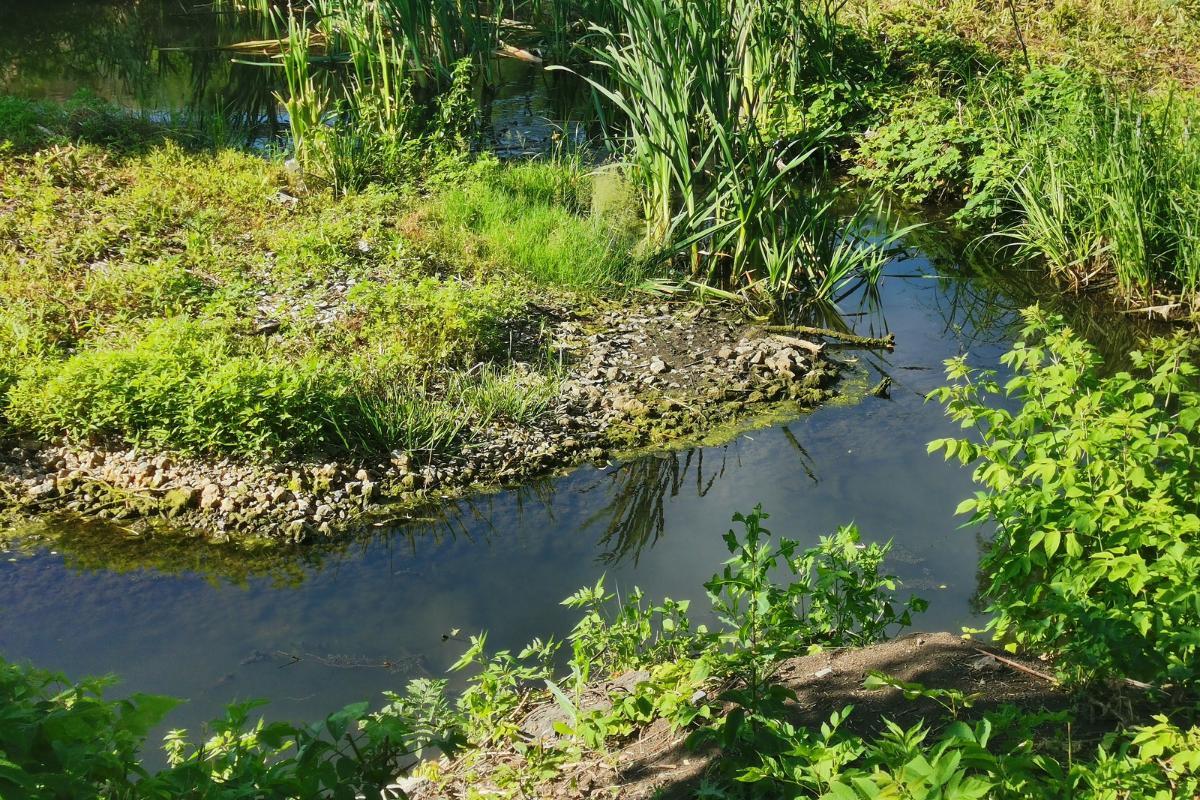What Is a Stream in Geography?


There are various different types of watercourse, meaning the way in which water flows through a channel of land. This manner in which the water flows is a stream, but this definition can be complicated by the fact there are many different types of channels through which water can flow. For example, we may think of rivers and streams as being very different, but this is not quite the case. Streams have different characteristics. While their size is an important one, so too are their origins, formation and type of water they contain. This leads to there being many different types of streams.
At thedailyECO, we learn more by asking what is a stream in geography? We look at stream formation, characteristics and types, so you can understand it in the context of other bodies of water.
What is a stream in geography?
A stream is a watercourse of surface water flowing through a channel that has banks at the sides and a bed below. It is relatively small in size since a large stream with a lot of water will be considered a river. In this way, a river is a large stream, although there are other defining characteristics. Streams are not very powerful, but they can range in size from very small brooks to larger streams.
The main characteristic that distinguishes a stream from a river is its size and flow. Streams are often formed by the accumulation of water from rain, snowmelt or springs on higher ground. They generally flow into valleys and lowlands. Due to their size, many streams are intermittent. This is because they dry up when the weather is too warm and refill once there is sufficient water. In this way, they are often in a state of flux.

Characteristics of a stream
Streams are bodies of water that have various characteristics that can vary depending on their geographical location, climate and other factors. Below are some common characteristics of streams:
- Water flow: a stream is a course of water that flows from one place to another. It can be fed by rain, snowmelt, natural springs or other sources.
- Stream bed: the area of soil or bedrock through which stream water flows. It may consist of gravel, sand, stones or bedrock, depending on geographic location.
- Banks: streams usually have banks on both sides that define their boundary. These banks can be made up of soil, vegetation or rocks.
- Canyon or valley: in some regions, streams can form canyons or valleys as they erode the surrounding terrain.
- Meanders: many streams develop meandering patterns as water erodes the stream bed. These curves are known as meanders. Learn more about what is a meander in our related article.
- Discharge: the amount of water that flows through the stream in a specific period of time. It can vary seasonally and affect the size and strength of the stream.
- Riparian vegetation: streams are often surrounded by vegetation on their banks, known as riparian vegetation. This vegetation can help stabilize banks, provide habitats for wildlife and filter pollutants.
- Aquatic life: streams can support a variety of aquatic life, including fish, aquatic insects, crustaceans and more. The health of the stream is often reflected in the diversity and abundance of the aquatic life it supports.
- Surrounding ecosystem: they are an integral part of local ecosystems and can influence the biodiversity and general health of the surrounding environment.
- Flood regime: some streams may experience periodic flooding during heavy rain events. This can lead to the formation of temporary floodplains. This pattern of behavior is known as the stream's regime and varies greatly.
These characteristics can vary significantly depending on the geographic location and specific environmental conditions of each stream. Observing these features can provide valuable information about the health and dynamics of the stream ecosystem.
We have already explained the differences between streams and rivers, but you can learn more with our article on the largest rivers in the world.

How is a stream formed?
There may be different types of streams with varying characteristics, but stream formation generally occurs in the manner described below:
- Accumulation of water: the formation of a stream begins with the accumulation of water in a certain area. This water can come from various sources, such as rainfall, snowmelt, springs or groundwater.
- Initial flow: when water accumulates in a certain amount and the slope of the terrain allows it, it begins to flow. Initially, this flow may be small and form very small channels called grooves. These are marked into the ground over which water flows.
- Erosion: the flow of water tends to break down soil and rock particles which are transported along the stream, a process known as erosion. As water flows, it can carry sediment with it and wear away the soil and rocks of the stream bed. Discover the different types of erosion in geography with our related article.
- Channel formation: over time, continued erosion forms a larger channel in the soil. This channel deepens as water flows more frequently, carrying more sediment and widening the stream bed.
- Meander development: on flatter terrain, the stream may develop sinuous patterns called meanders. Meanders form as water erodes and deposits sediment in the bends of the stream.
- Confluence: as the stream grows, it can receive water from smaller tributaries, such as brooks or creeks. These occur through confluence processes. These tributaries contribute to the flow of the main stream.
- Drainage network development: the stream can eventually connect to a broader network of water bodies as it develops, such as rivers or lakes. When this happens, it forms a larger drainage system. Learn about one type of large drainage system with our article on how a river delta forms.
- Ecosystem adaptations: as the stream becomes established, plants and animals adapt to their aquatic environment, forming a diverse riparian ecosystem.

Types of streams
Streams can be classified into different types based on various criteria. Such criteria include size, water source, flow speed and others. Although streams are an important part of geographical study, they are most associated with hydrology, i.e. the study of water. Within geography and hydrology, we can find the following different types of streams:
- Intermittent or ephemeral stream: this type of stream has water only at certain times of the year, such as after heavy rainfall. During certain seasons, the stream can dry up completely.
- Perennial stream: unlike intermittent streams, perennial streams have water all year round. Their flow is not as affected by seasonal variations and they can maintain a constant flow, although they can grow with more rain.
- Mountain stream: these originate in the mountains and usually have a rapid flow due to the steep terrain. They may contain crystal clear waters and be important for wildlife. Learn about orogenesis, i.e. how mountains are formed.
- Plain or lowland stream: they flow through flatter terrain and may have a slower flow. These streams often widen into floodplains during periods of heavy rain.
- Overflow stream: these streams can quickly fill during heavy rains and overflow their normal channel, causing temporary flooding in surrounding areas.
- Meandering stream: a stream that meanders through the landscape, creating curves and turns. These meandering patterns can change over time due to erosion and deposition.
- Sewage Stream: in urban areas, streams often receive sewage and pollutants, which can negatively affect water quality and aquatic life.
- First order stream, second order, etc.: streams are classified according to their hierarchy in a drainage network. A first-order stream is one that has no tributaries, while a second-order stream is the union of two first-order streams, and so on.
Now that you know about what is a stream and how it is formed, discover more about bodies of water with our article explaining the different types of aquifer.
If you want to read similar articles to What Is a Stream in Geography?, we recommend you visit our Environment (other) category.








